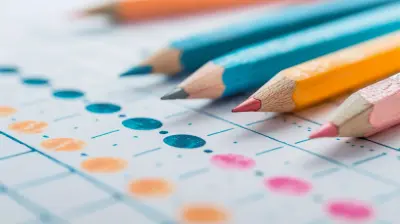How to Incorporate Mindfulness Practices into Physical Education
14 June 2025
When most of us think about physical education (PE), we picture fast-paced games, drills, and activities that get the heart pumping. It’s all about movement, right? Well, yes… but what if we told you that slowing things down could actually enhance the benefits of PE? Sounds counterintuitive, doesn’t it? That’s where mindfulness comes in—a practice rooted in attention, presence, and awareness that’s slowly making its way into classrooms and gymnasiums alike.
Incorporating mindfulness into physical education isn’t just a trendy idea—it’s a game-changer. In this article, we’ll break down how to blend these two powerful practices into one seamless, effective experience for students. Whether you’re a PE teacher, an educator, or just curious about how to support holistic student development, this is something you’ll want to read.
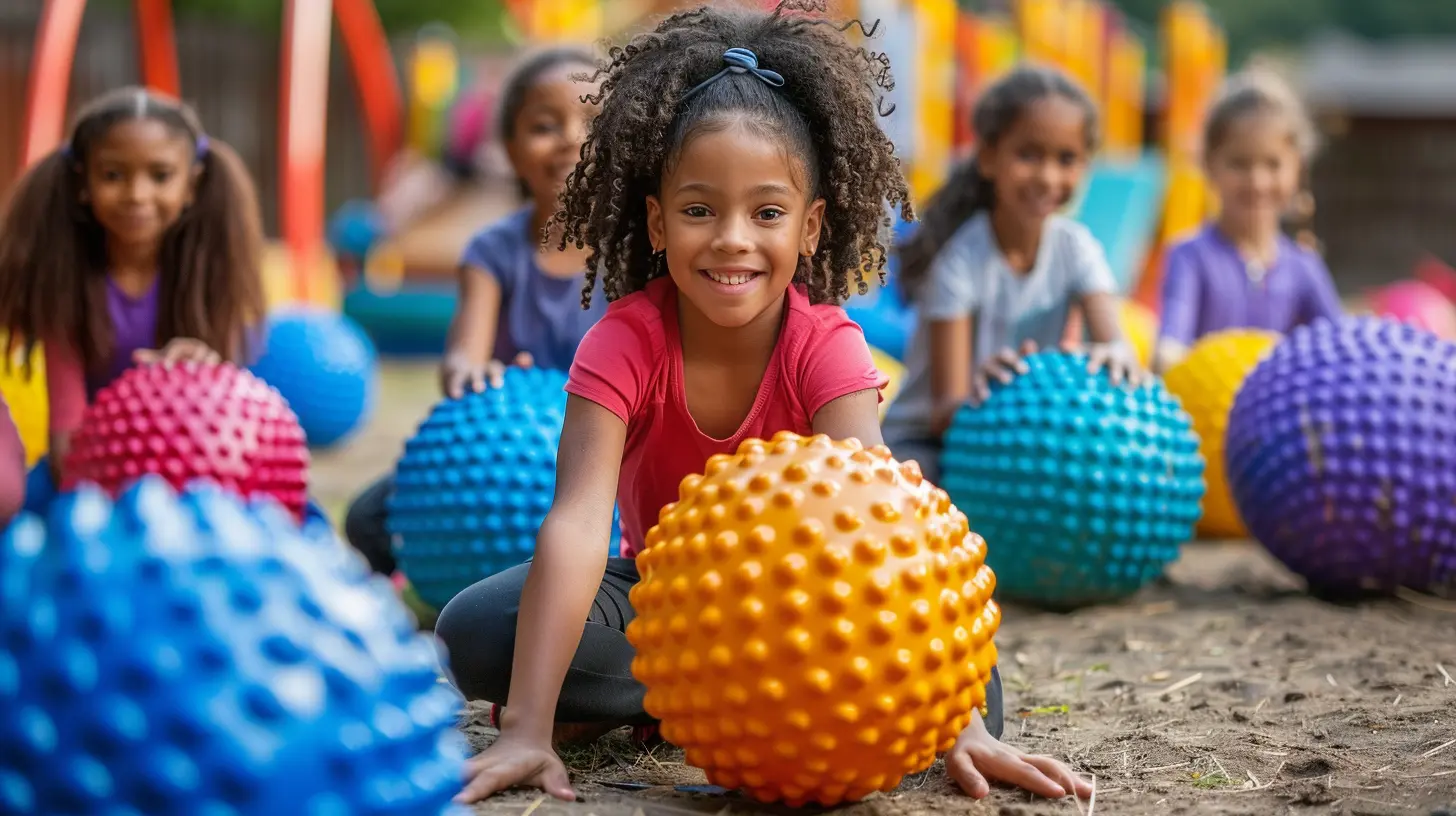
What Is Mindfulness, Really?
Let’s pause for a sec.Before we dive into the “how,” let’s get clear on the “what.” So, what exactly is mindfulness?
Mindfulness is simply the practice of paying attention to the present moment, without judgment. It's about noticing what’s going on in your body and your environment in real-time—kind of like zooming in on life with a camera lens. It’s not about emptying your mind or sitting in silence for hours (though it can look like that). It’s about presence.
Think of it like this: have you ever been so caught up in a workout that you stopped noticing your breath, your form, or even how you felt? That’s the opposite of mindfulness. Practicing mindfulness trains us to notice all those little things—and that awareness can change everything.
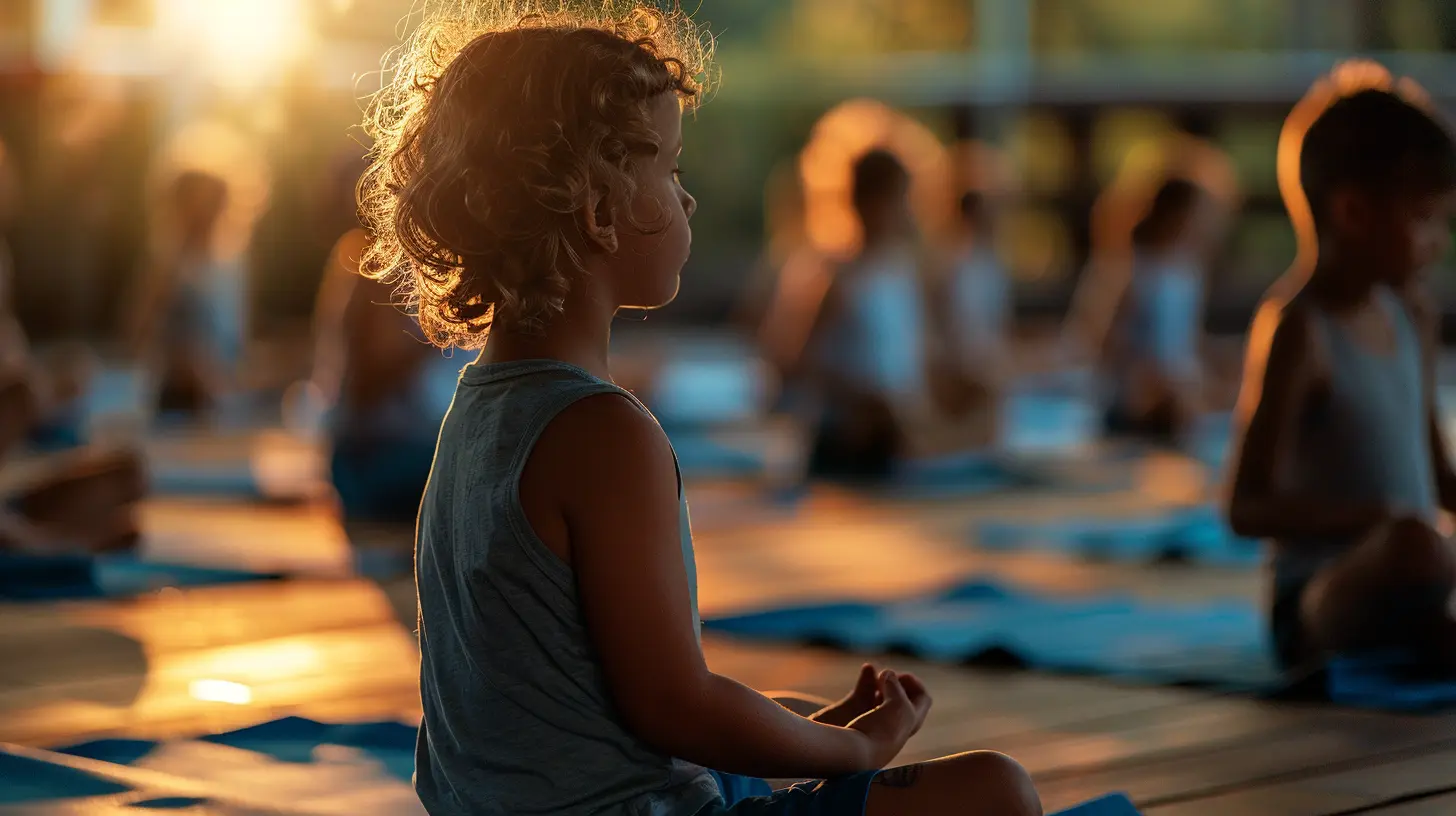
Why Mindfulness Belongs in Physical Education
Alright, so mindfulness is cool. But why bring it into PE?Here’s the thing: students today are under more stress than ever before. They’re juggling academics, personal lives, and extracurriculars, all while navigating a world filled with distractions. PE can—and should—be more than just a break from the classroom. It can be a sanctuary. A space where students reconnect with their bodies and minds.
Bringing mindfulness to PE helps:
- Improve focus and concentration
- Reduce stress and anxiety
- Enhance body awareness
- Support emotional regulation
- Improve sports performance
- Increase enjoyment and participation in activities
Essentially, it helps students slow down to go further—and that’s powerful.
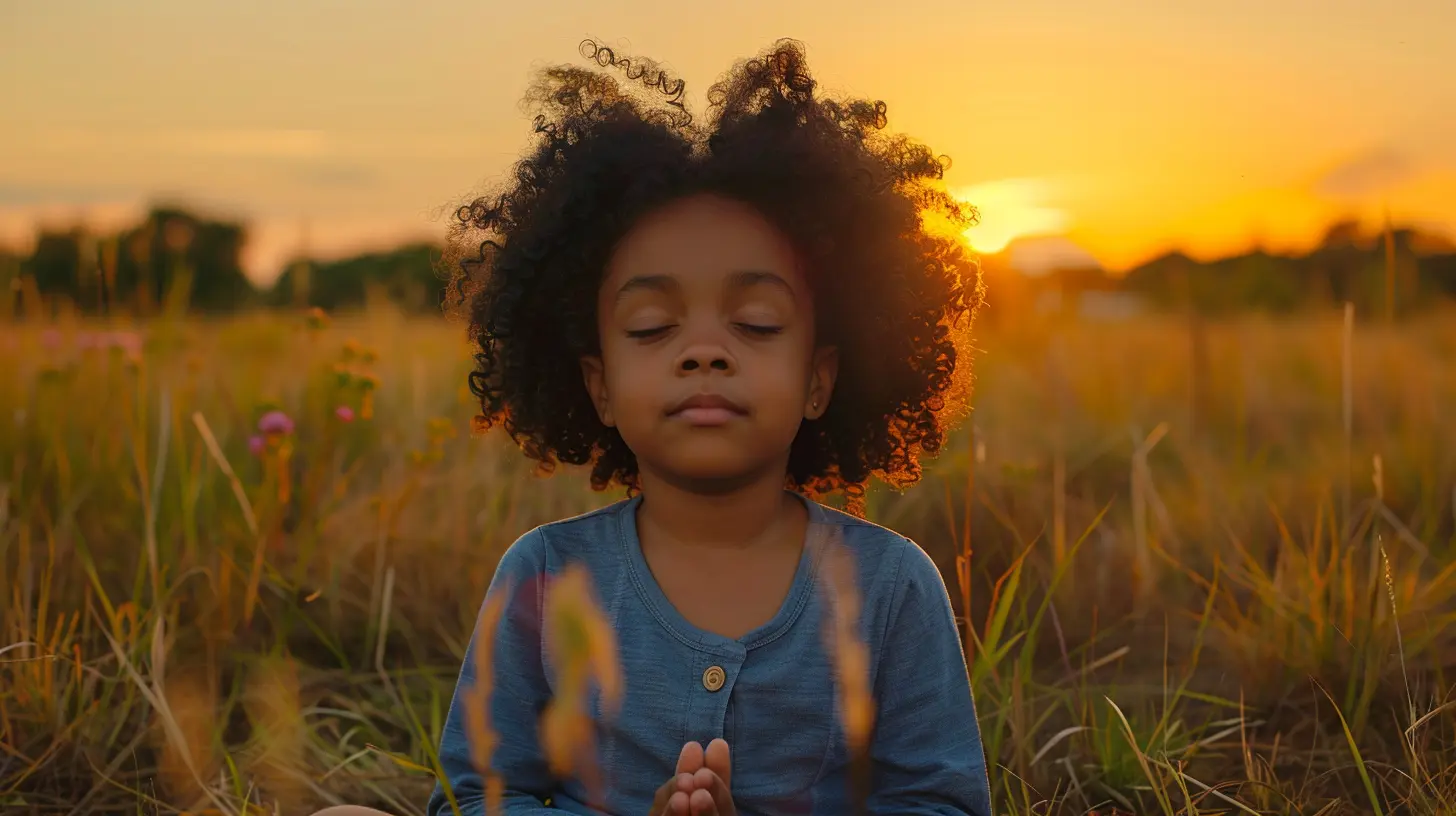
The Science Behind It
Let’s brain it out for a bit.Research in fields like neuroscience and psychology supports the integration of mindfulness into education and physical activity. Studies show that mindfulness can:
- Boost gray matter density in brain regions linked to learning and memory
- Lower cortisol levels (the stress hormone)
- Improve athletic performance through better focus and reduced performance anxiety
- Encourage healthier habits by increasing self-awareness and self-control
In short, mindfulness isn’t just “woo-woo.” It’s evidence-based, and it works.
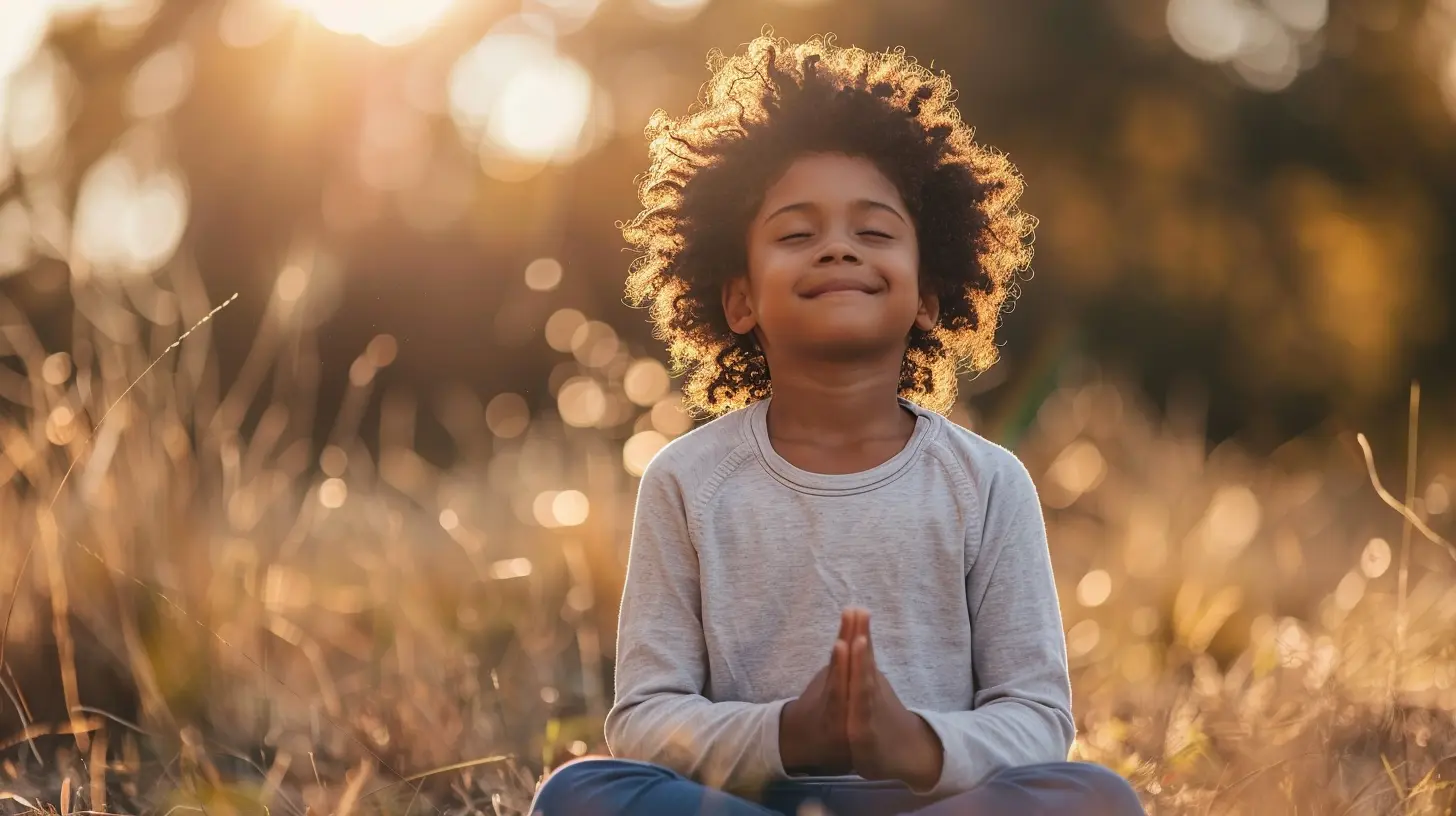
Simple Ways to Incorporate Mindfulness into Your PE Class
Now here’s the good stuff—how to actually make it happen.The beauty of mindfulness is that it doesn’t require fancy equipment or a complete overhaul of your curriculum. You can layer mindfulness into your existing PE structure in ways that feel natural and accessible.
1. Start with a Centering Warm-Up
Instead of jumping straight into movement, begin each class with a few minutes of centering exercises. Think of this as the “power-up” phase—prepping both the body and the mind.Try this:
- Mindful breathing: Guide students through 1–2 minutes of focused breathing. Inhale for 4 seconds, hold for 4, exhale for 4.
- Body scan: Have them close their eyes (if they’re comfortable) and move their attention from head to toe, noticing areas of tension or sensation.
- Guided intention setting: Invite students to mentally set an intention for class—like staying present, supporting teammates, or listening to their body.
This sets the tone and helps students shift from classroom mode to movement mode, mindfully.
2. Infuse Mindfulness into Movement
Who says mindfulness has to be still and silent?Mindfulness in motion can be incredibly powerful. During activities, invite students to focus on how their body feels as it moves. What muscles are activating? How’s their breath? Are they gripping or holding tension?
Here’s how:
- Silent walking or running: Have students pay attention to the rhythm of their steps, the contact with the ground, the breeze on their skin.
- Yoga or tai chi sessions: Introduce slow, flowing movements that require both balance and focus.
- Breath-cued movement: Coordinate certain movements with breathing (e.g., inhale to reach up, exhale to fold forward).
This type of engagement deepens physical awareness and boosts proprioception (our sense of where our body is in space).
3. Integrate Mindful Breaks
Let’s face it: kids get overstimulated. Fast.Adding mindful breaks into the middle of class can regulate energy levels and prevent meltdowns or disengagement.
Try this:
- Mindful drinking: Let students take a water break and invite them to actually taste the water, feel the temperature, and appreciate the moment.
- Visualization exercises: A quick 60-second visualization (like imagining a calm beach or successful jump shot) can reset their mental focus.
- Breath resets: Teach box breathing or 4-7-8 breathing as quick tools they can use during moments of stress or fatigue.
4. Create a Cool-Down That Counts
The end of PE is often rushed—everyone's ready to go. But this is actually the perfect time to anchor the learning and practice stillness.Design a cool-down that integrates:
- Stretching with awareness: Encourage students to notice how each stretch feels, which muscles are tight, and how their breath can help.
- Gratitude reflections: Ask students to mentally list three things they appreciated about class—maybe a new skill, a moment of fun, or how they pushed themselves.
- Quiet time: Even 2–3 minutes of lying down and focusing on breath can massively improve recovery and mental regulation.
This isn’t just winding down—it’s storyboarding the whole experience so it sticks.
Teaching Tips for Educators
Integrating mindfulness into PE doesn’t require you to become a Zen master. Here are some simple teaching hacks to get you started:- Be consistent, not perfect: You don’t need to run a full meditation every day. Small, consistent practices create big shifts.
- Model mindfulness: Your energy sets the tone. Show up grounded, speak calmly, and practice what you preach.
- Use student-friendly language: Skip the jargon. Say “let’s tune in” instead of “let’s meditate.” Make it accessible.
- Offer choices: Some students won’t feel safe closing their eyes or sitting still. That’s okay. Give them options that honor their comfort level.
- Keep it light: Mindfulness doesn’t have to be serious. Infuse humor, creativity, and even play into your practice.
Mindfulness Activities You Can Use Right Now
Need some plug-and-play ideas? We’ve got you covered.Mindful Minute
Start each class with a 60-second countdown where everyone is silent, breathing, and simply noticing. It’s like hitting “reset.”Mirror Movement
Students partner up. One leads with slow, deliberate movements while the other mirrors. It teaches focus, connection, and awareness.Nature Awareness Walk
Take the class outside. Ask students to walk silently and notice five sounds, four colors, three textures—they’ll tune in without even realizing it.The Body Talk Game
After a physical activity, ask: “What did your body tell you during that game?” This builds self-awareness and emotional literacy.Addressing Common Concerns
“But my students won’t take it seriously.”Totally valid. Try easing into it—use mindfulness without labeling it. The truth is, students are more open than we think, especially when they feel the benefits.
“I don’t have time.”
Again, totally fair. But even weaving in 2–3 minutes of mindfulness can make a huge impact. It’s about integration, not addition.
“I’m not qualified.”
Guess what? You don’t need to be. You just need to care and be willing to try. There are tons of free resources and guided apps to help you get started.
Long-Term Benefits of Mindful PE
Stick with it, and you’ll start to see shifts—not just in student behavior, but in how they relate to their bodies, their breath, and each other.Mindfulness in PE can lead to:
- Improved classroom management
- Fewer behavioral issues
- Higher engagement in physical activity
- Better self-esteem and body positivity
- Enhanced emotional intelligence
It’s not just about building fit bodies. It’s about nurturing whole humans.
Final Thoughts: Mindfulness + Movement = Magic
At the end of the day, PE is about more than just exercise. It’s about helping students understand, respect, and care for their bodies and minds. Mindfulness fits into that vision like a missing puzzle piece. It doesn’t take away from the physical—it enhances it.So the next time you’re planning a PE class, ask yourself: how can I help my students not just move, but truly connect with the movement?
It might be as simple as a breath, a pause, or a quiet reflection—but those small moments? They’re the ones that stick.
all images in this post were generated using AI tools
Category:
Physical EducationAuthor:

Olivia Lewis
Discussion
rate this article
3 comments
Vesperos Kane
Who knew dodgeball could double as a mindfulness exercise? Just picture it: dodging not only balls but also negative thoughts! Incorporating mindfulness into PE is like adding chocolate to broccoli – it makes everything more enjoyable while secretly boosting our brainpower. Let’s get zen while we sweat!
June 21, 2025 at 10:48 AM

Olivia Lewis
Absolutely! Mindfulness in PE transforms traditional activities like dodgeball into fun, engaging ways to enhance both physical and mental well-being. It’s all about finding joy in movement while fostering a positive mindset!
Azriel Wilkerson
This article beautifully highlights the importance of merging mindfulness with physical education. Integrating these practices can enhance students' focus and well-being. Great insights for educators!
June 18, 2025 at 10:49 AM

Olivia Lewis
Thank you for your kind words! I'm glad you found the integration of mindfulness and physical education valuable for enhancing student well-being.
Grey Mason
This article offers valuable insights into integrating mindfulness into physical education. By fostering awareness and focus, educators can enhance students' overall well-being and improve their physical performance. Thank you for sharing!
June 14, 2025 at 7:30 AM

Olivia Lewis
Thank you for your thoughtful feedback! I’m glad you found the insights valuable for enhancing well-being and performance in PE.

